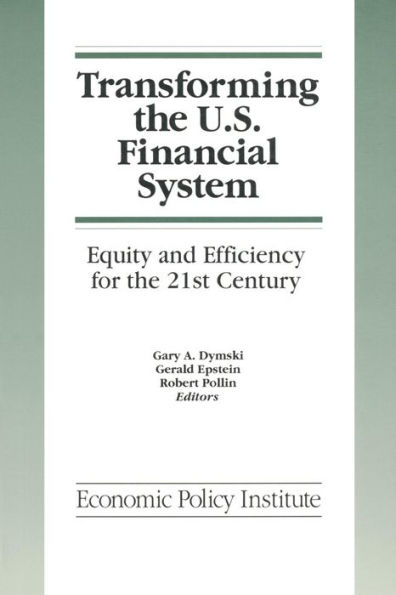5
1

Transforming the U.S. Financial System: An Equitable and Efficient Structure for the 21st Century: An Equitable and Efficient Structure for the 21st Century
288
Transforming the U.S. Financial System: An Equitable and Efficient Structure for the 21st Century: An Equitable and Efficient Structure for the 21st Century
288
36.95
In Stock

Product Details
| ISBN-13: | 9781563242694 |
|---|---|
| Publisher: | Taylor & Francis |
| Publication date: | 12/01/1993 |
| Series: | Economic Policy Institute Series |
| Pages: | 288 |
| Product dimensions: | 6.00(w) x 9.00(h) x (d) |
About the Author
From the B&N Reads Blog
